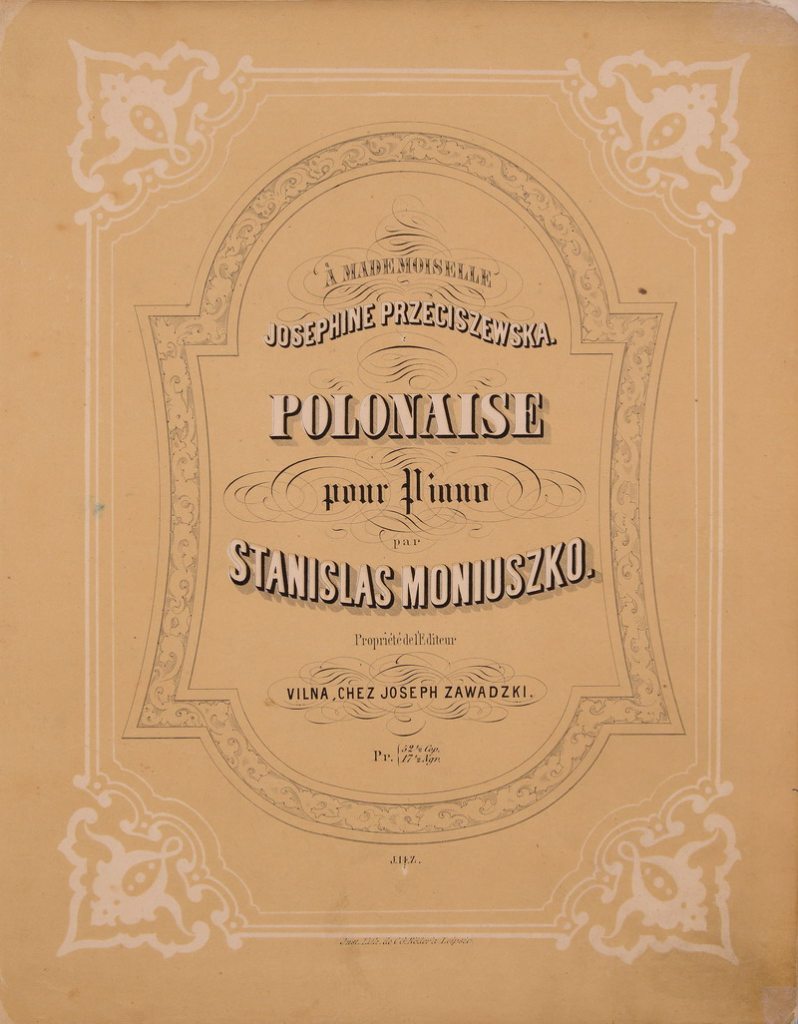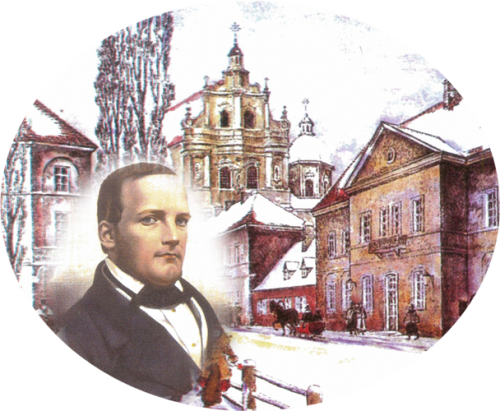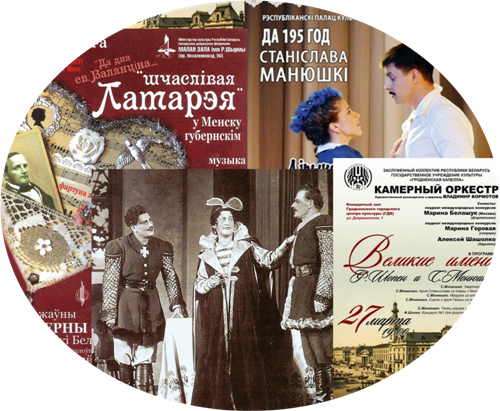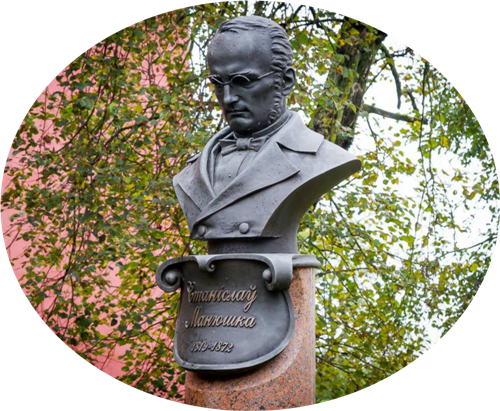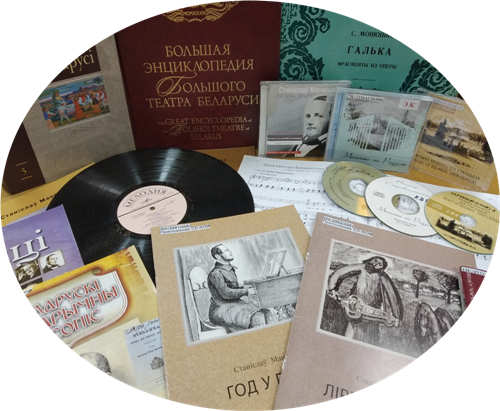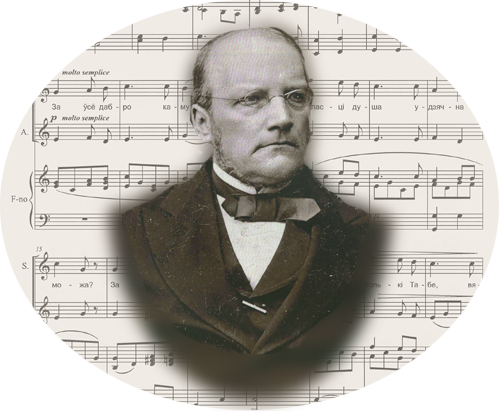Musical heritage
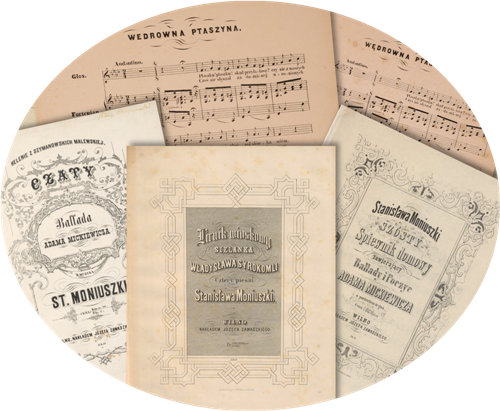
I do not create anything new! The spirit of folk songs is filling me. From them, against my will, inspiration is flowing to my writings.
Stanislaw Moniuszko
The composer’s legacy is operas and symphonies, chamber, vocal and instrumental music, both sacred and secular. His style combines bright melodies, lyricism, simple musical language, refined gentility, folklore and drama. The talent of Stanislaw Moniuszko is equated with the prominent composers of the 19th century: Mendelssohn, Brahms, Glinka and Tchaikovsky.
Moniuszko is the author of operettas and vaudevilles, the famous operas Halka, The Haunted Manor and Pariah; cantatas Ostra Brama Litany, Phantoms, Crimean Sonnets, ballet music Monte Cristo, On the Billet, Satan’s Tricks; symphonic overtures, church music... His work covers all major genres of the time.
The early 19th century was marked by the development of ethnographic studies and interest in local history and folklore. Stanislaw Moniuszko was captured by this wave too. His music as a whole is representative of the 19th century "romanticism".
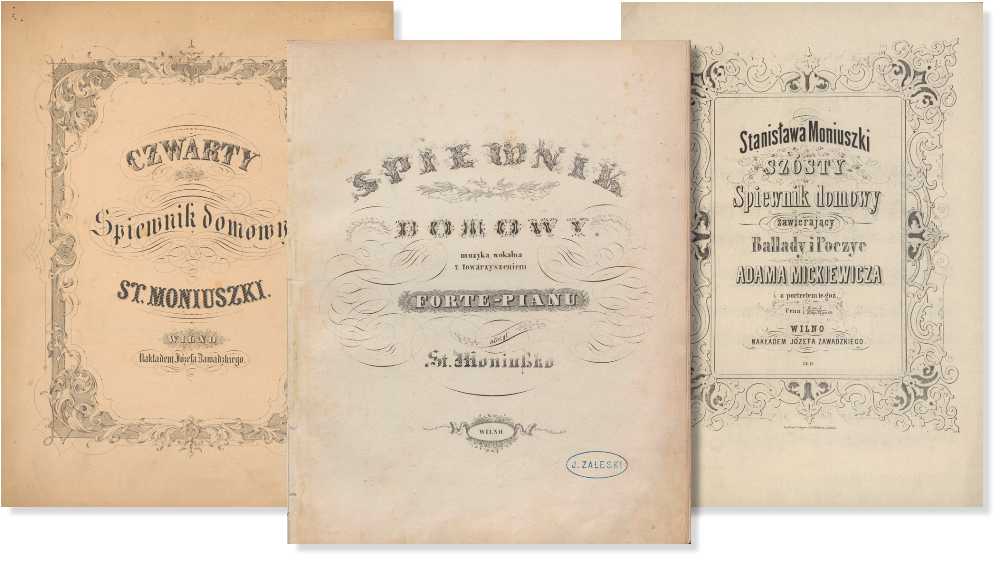
The Songbooks for Home Use
Vocal music is an important part of the master’s work. The composer wrote more than 300 romances and songs based on poetic texts, 260 of which were included in his series of twelve Songbooks for Home Use. The first book appeared in 1843 and became a significant event.
The Songbooks for Home Use is a kind the composer’s diary, which combines tragic, humorous and lyrical sketches of Belarusian village life: wedding, harvest, war, nature... Moniuszko actually changed the musical background of Belarus and Poland, which, until then, had been focused on Italian, French and German music.
Moniuszko’s romances are a treasure comparable to the best that exists in music with regards to the song and lyricism.Alexander Serov
Moniuszko set to music the poetry of famous Belarusian poets, collectors and connoisseurs of Belarusian folklore Jan Chachot, Vladislav Syrakomlya, Jan Karlovich. The composer was attracted by the lyricism of their poems, folk motifs and simple texts.
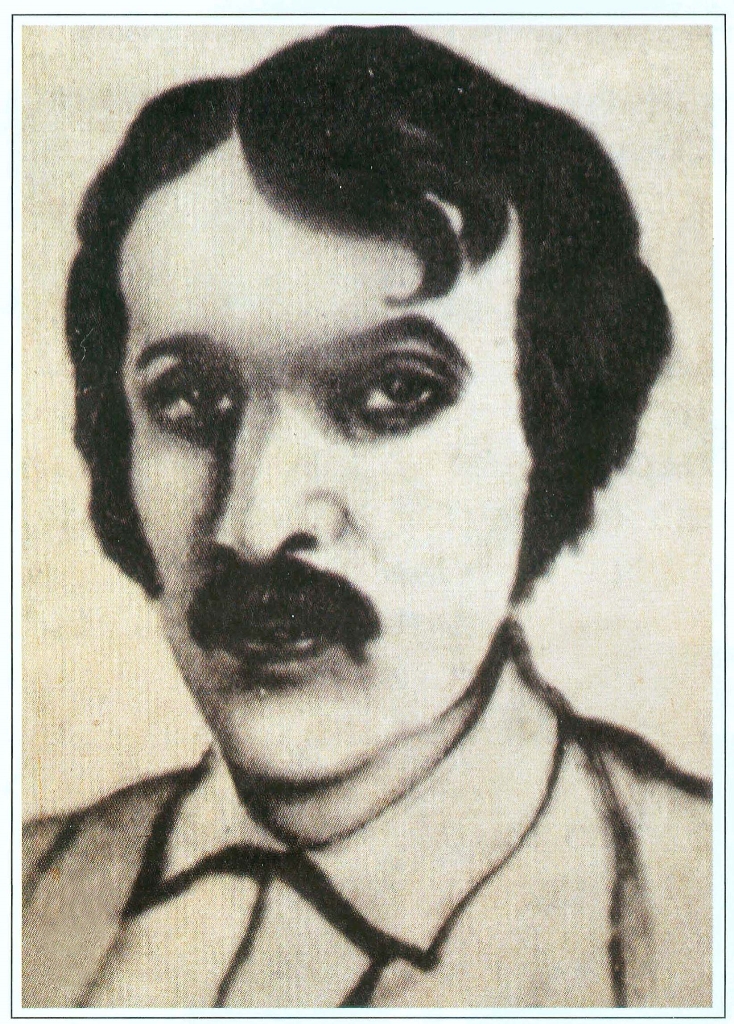
Unknown artist. Jan Antoni Chachot
Poet Jan Chachot, who had translated Belarusian folklore into the Polish language, was the most frequent author of Moniuszko’s songs. The composer set to music many verses from his collections Peasant Songs and Songs of the above-Neman (Godfather and Godmother ▶ , Little Bear ▶ , Little Bird of Passage ▶ ). One of the most famous is the Prasnichka ▶ , which is often performed on instruments.
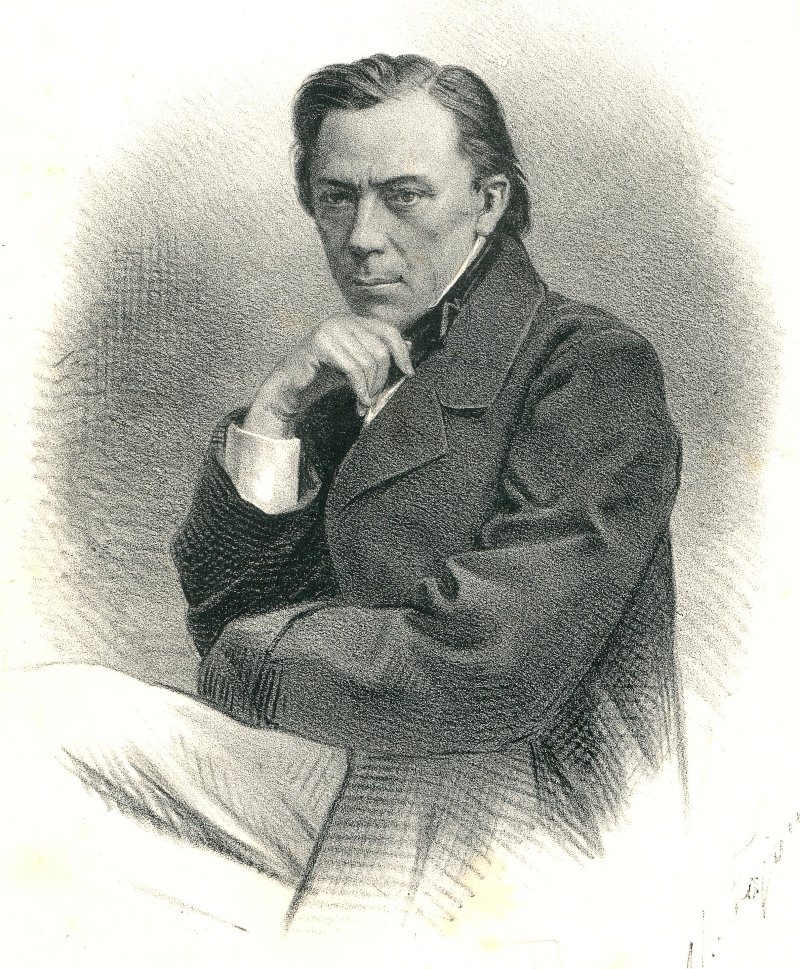
Vladislav Syrakomlya. 1860
Moniuszko was also inspired by the poems of Vladislav Syrakomlya, the poet of democracy and common folk, who strove to write for people and based his verses on Belarusian folklore. The composer and poet’s joint work resulted in the Year in the Song cycle. However, this idea had not been completed. The authors created only five parts of the cycle: Morning Song, Song of the Voit, Evening Song ▶ , Kalasok (Ear) ▶ and Perapiolka.
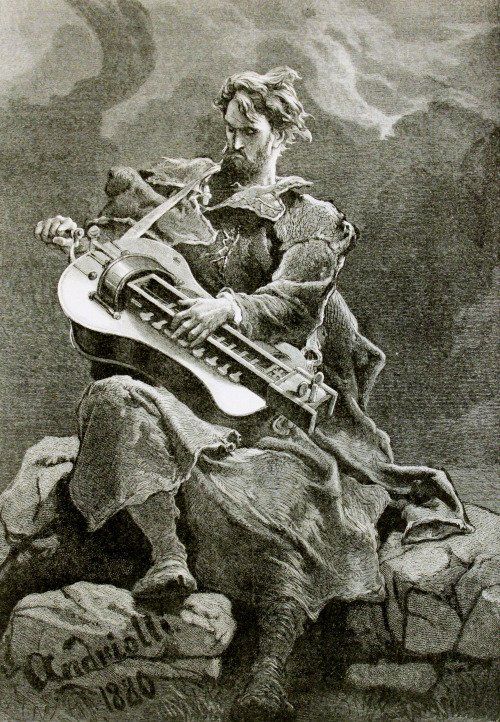
Mikhail Elvira Andreoli. Musician playing the lyre. 1890
Lirnyk vyaskovy (Country musician playing the lyre) ▶ , is also their important work. The narrator is a singer and lyre player, who travels from village to village believing that his song will not die with him.
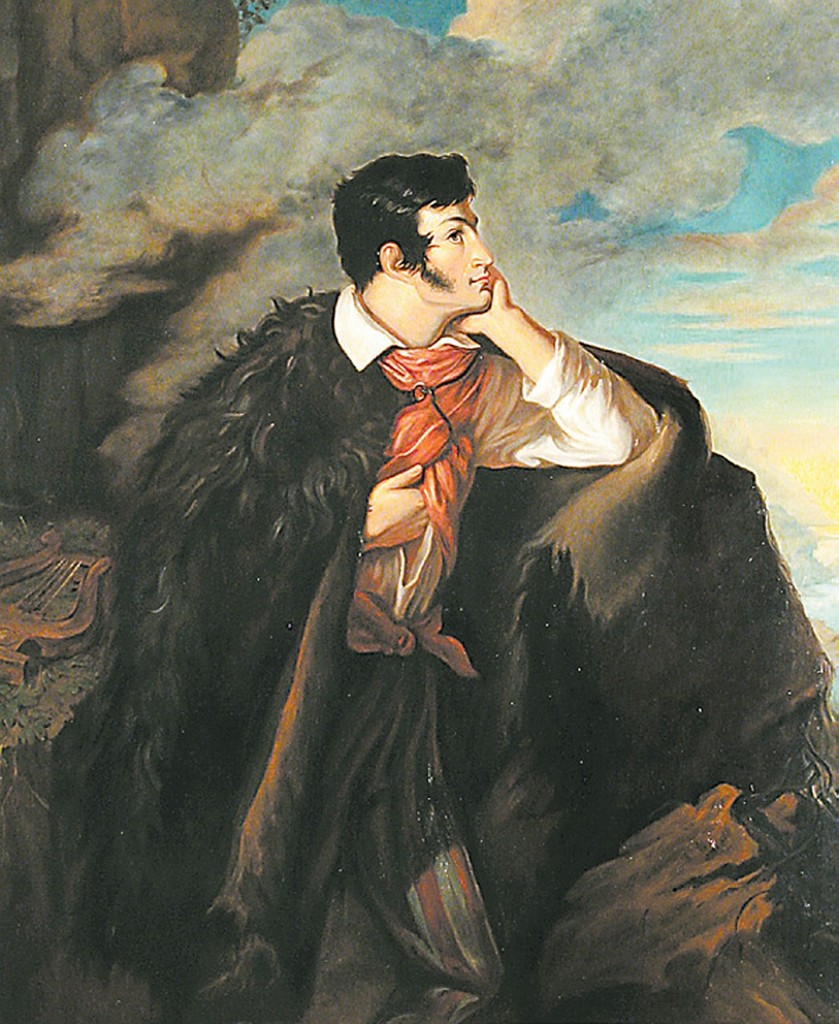
Walenty Wankowicz. The Portrait of Adam Mickiewicz on the Ayu-Dag Cliff. 1828. Oil on canvas
Stanislaw Moniuszko also cooperated with famous poets Adam Mickiewicz, Tomasz Zan, Alexander Khodzka. The poetry of Adam Mickiewicz is an integral part of the composer’s vocal oeuvre. Moniuszko began his career by setting to music his verses. Mickiewicz’s lyrical images, inspired by Belarusian legends and fairy tales, formed the basis of the fantastic ballades The Nymph of Lake Switez ▶ and Gold Fish ▶ , dramatic Voivodes and Song from the Tower, and lyrical Vilia.
Stanislaw Moniuszko’s opera and operetta are masterpieces of both world and Belarusian musical legacy: A Night in the Apennines, Perfection, or The New Preciosa, Carmagnole, or The French Like Joking, The Lottery ▶ and others. Sadly, most of them are lost or remain little studied.
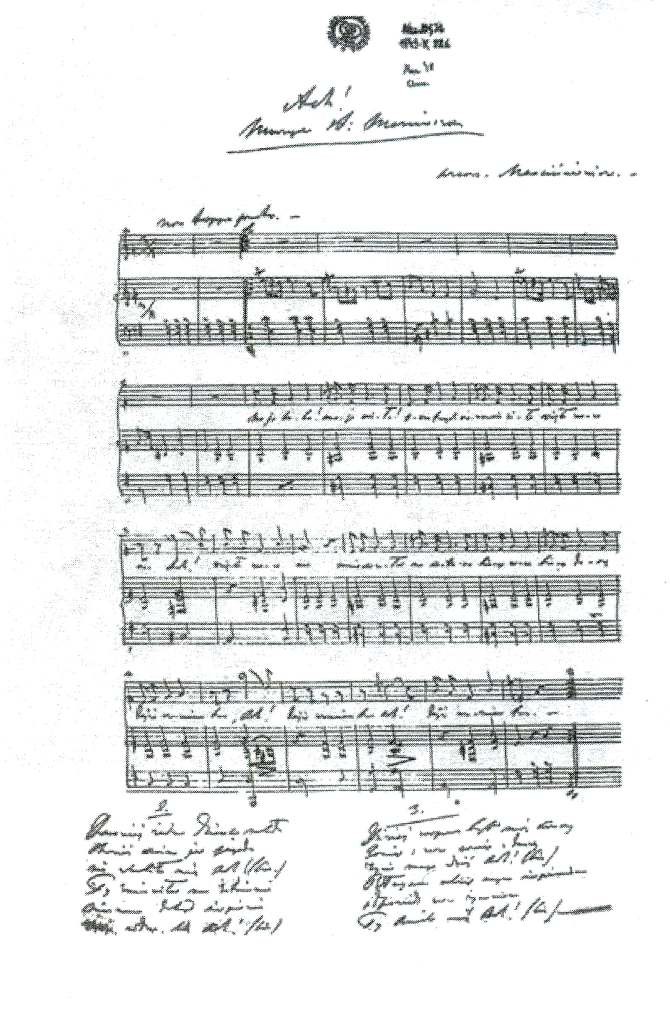
The Sielanka (Idyll) opera scores
Moniuszko’s cooperation with the Belarusian playwright and poet, Vincent Dunin-Marcinkiewicz, was particularly fruitful. The result of their collaboration is four operas. The Sielanka (Idyll) is a landmark in the composer’s career. The premiere took place in Minsk, 1852, and was a milestone in the history of the Belarusian musical culture of the 19th century. For the first time, Belarusian national melodies, proverbs and sayings sounded onstage; most of musical and dramatic scenes of the operetta were performed in the Belarusian language. Unfortunately, only a part of the operetta, the aria of Commissioner Bonaventure Vykrutach ▶ , survived to this day.

A booklet of the opera Halka. 1975
Moniuszko’s most famous work is the opera Halka, based on the poem of Wlodzimiez Wolski. The opera reveals the tragedy of a peasant girl and is imbued with sympathy for common people. The outstanding Belarusian writer, Vladimir Korotkevich, mentions the famous aria and its folk origins in the novel The Spikes under Your Sickle (listen to the Halka Aria ▶ ). In general, any other of Moniuszko’s more mature and perfect operas did not have such popularity (listen to Jontek Aria ▶ ). The Halka had become the world’s musical heritage.
When the Belarusian listens to the opera Halka by Moniuszko, he feels clearly its Belarusian origins.V. Korotkevich

A scene from the opera The Countess. 1860. Engraving
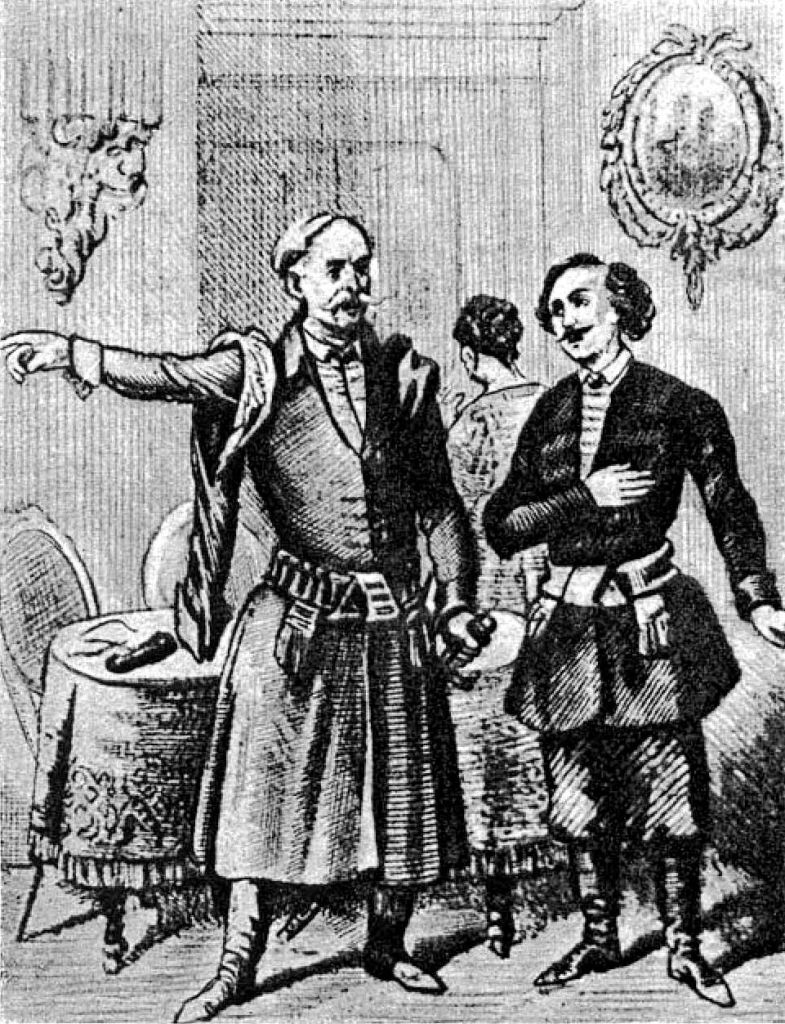
A scene from the opera Verbum Nobile. 1861. Engraving
In subsequent years, the composer writes one opera after another: Flis (The Raftsman), The Countess, Jawnuta, Betty, Rokiczana (unfinished historical opera), Verbum Nobile. From childhood, Moniuszko had heard peasants’ songs and recorded folk melodies that he later transmitted into operas.
Moniuszko’s oeuvre is highly influenced by Belarusian folklore. When listening to the songs, rich in folk melodies, especially in the opera Flis (The Raftsman), you feel like you are somewhere near Slutsk or Minsk at the grand festival of Belarusian peasants.R. Shyrma
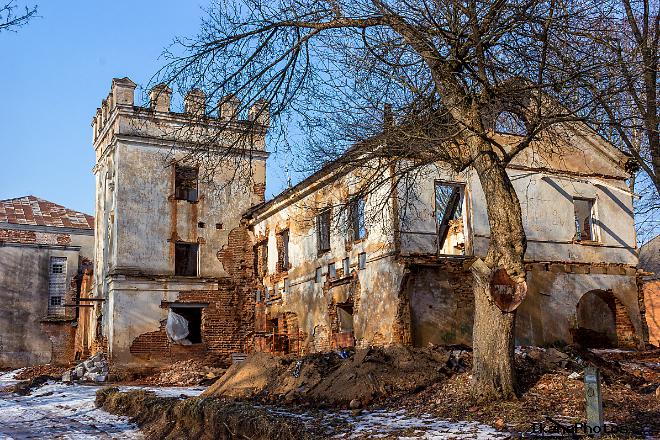
The manor in Smilovichi
Moniuszko’s Haunted Manor is the culmination of his mastery of opera. This outstanding work has a great diversity of emotional tones and is remarkable for its dramatics, spectacularity and music dynamics. As a child, when visiting his relatives in Smilovichy Palace, the young Stanislaw heard a legend of ancient chime. No one had started the clock for centuries, but from time to time it began playing. This legend is embodied in the Aria of Skoluba and Stefan (with chimes) ▶ . The Haunted Manor opera demonstrates unbreakable spiritual ties between Stanislaw Moniuszko and his Homeland.
The Pariah is the last opera composed by the master. The plot is based on a play by Dalvigne, set in India. Moniuszko had been fascinated by this drama since childhood and, as a mature composer, fulfilled his lifelong dream of writing an opera based on Dalvigne. Moniuszko’s biographer Rudinskiy notes: "In his mind’s eyes, he saw Hindu pariahs dressed in coarse heavy clothes of Belarusian and Polish peasants.”
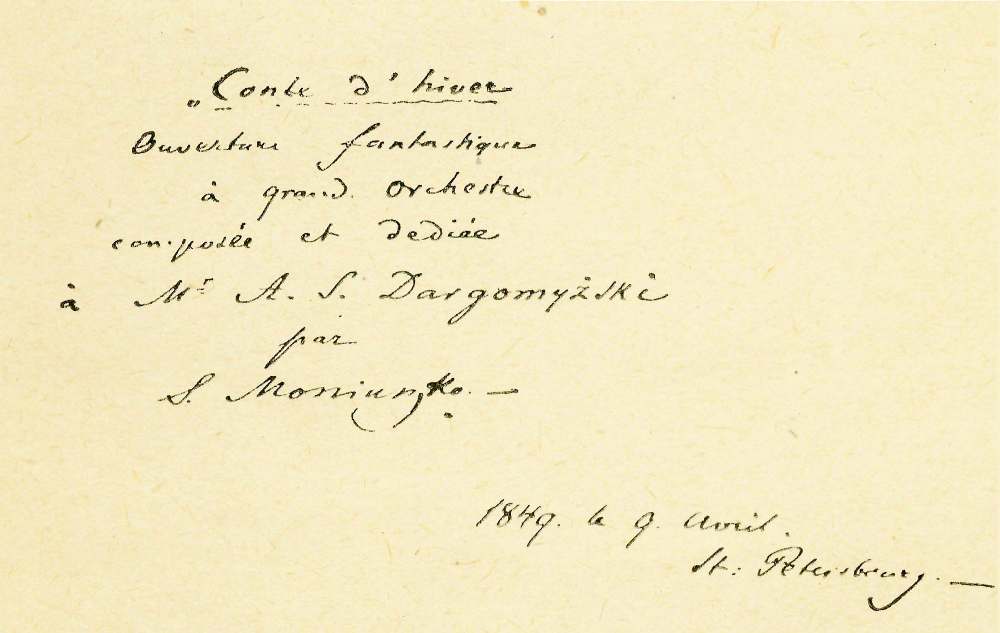
The dedication to Alexander Dargomyzhsky on Stanislaw Moniuszko’s handwritten Bajka
In the symphonic music of S. Moniuszko, the three most significant overtures were The Bajka (Fairy Tale) ▶ , “Cain” and “The Military Overture”. Of these, the most frequently performed and highly appreciated by contemporaries of The Bajka. Moniuszko dedicated this work to the famous composer, Alexander Dargomyzhsky, who, along with other Russian musical figures, highly appreciated the oeuvre of our countryman. This overture of absolute musical qualities is a valuable work of art. Thus, in the 1840’s, vocal and instrumental chamber music and symphonic music was highly developed in Belarus, laying down the foundations of Belarusian musical style as a whole. The Fairy Tale is also interesting in terms of the formation of Stanislaw Moniuszko’s individual style.
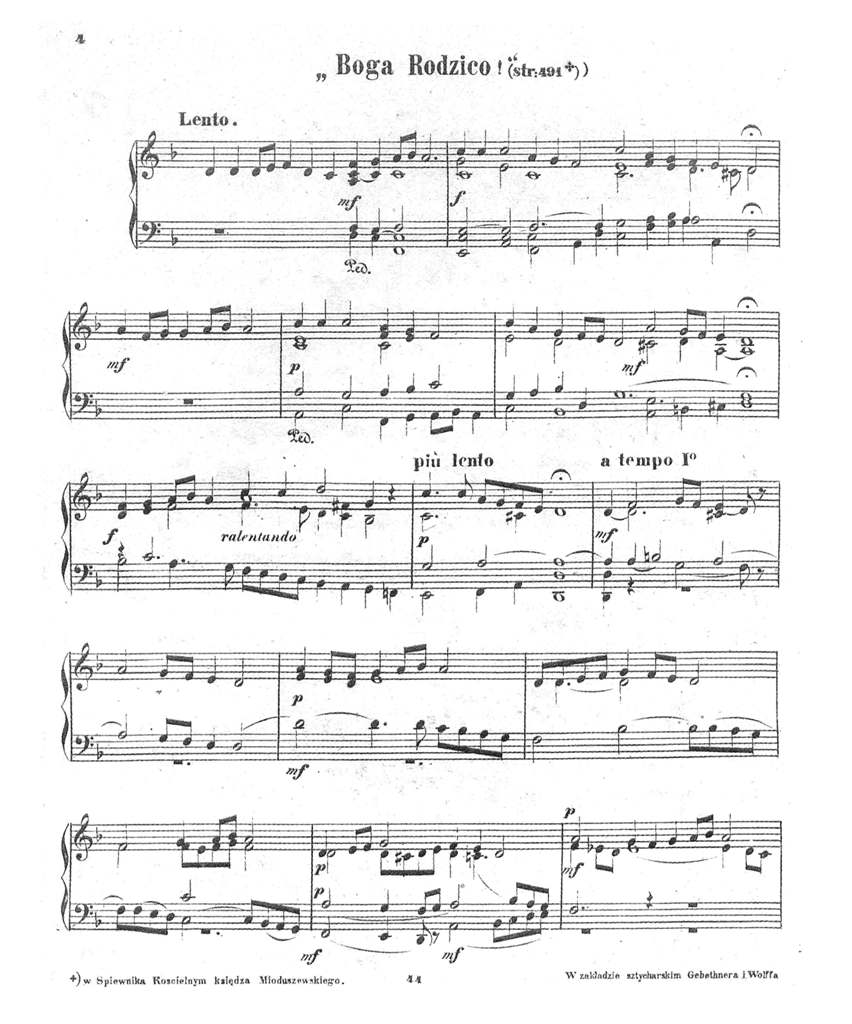
The first printed Stanislaw Moniuszko’s Our Lady, The Songs of Our Church for the organ. 1862
For 18 years, the composer had worked as an organist at the Cathedral of St. John's church in Vilna. He was a religious man, and a significant part of his diverse musical heritage is sacred music. During this period, he wrote a collection of organ compositions The Songs of Our Church, which was published in Belarus only in 2019. In addition, Moniuszko wrote numerous solos and chorals for church (Domine, ne in furore tuo ▶ ). Noteworthy is that the composer’s sacred music remains little-known and poorly studied.
The musical legacy of Stanislaw Moniuszko is among the most interesting phenomena in the culture of Belarus and in the history of world music. His oeuvre is imbued with national motifs, folk intonations, mysterious legends, rich colors and images that witness the love of his Homeland and roots.
Lifetime Vilna editions of S. Moniuszko from the open information resource POLONA
The list of audio fragments from S. Moniuszko’s works from the NLB funds
- Кум и кума (Godfather and Godmother)
- Медведь (Little Bear)
- Странствующая пташка (Little Bird of Passage)
- Пряха (The Spinner)
- Вечерняя песня (Evening Song)
- Колосок (Ear)
- Сельский лирник III (Country Musician Playing the Lyre ІІІ)
- Свитязянка (The Nymph of Lake Switez)
- Рыбка (Gold Fish)
- Интродукция к оперетте «Лотерея» (The Lottery: Introduction)
- Ария комиссара Бонавентуры Выкрутача из оперы «Селянка» (The Sielanka: Aria of Commissioner Bonaventure Vykrutach)
- Ария Гальки (Halka Aria)
- Думка Йонтека из оперы «Галька» (Halka: Jontek Aria)
- Ария с курантами из оперы «Страшный двор» (The Haunted Manor: the Aria with Chimes)
- Симфоническая увертюра «Байка» (the Fairy Tale symphonic overture)
- Domine, ne in furore tuo
Performers: V. Skorobogatov (vocal), I. Zhinovich State Academic Folk Orchestra, conductor S. Sokolov.
NLB call number: 7Н//467ACD(008)
Performers: V. Skorobogatov (vocal), А. Korzhenevskaya (piano).
NLB call number: 7Н//467ACD(008)
Performers: V. Skorobogatov (vocal), А. Korzhenevskaya (piano).
NLB call number: 7Н//467ACD(008)
Performers: L. Lyut (vocal), I. Zhinovich State Academic Folk Orchestra, conductor S. Sokolov.
NLB call number: 7Н//467ACD(008)
Performers: T. Tsybulskaya (soprano), Т. Molokova (piano), E. Vidanov (flute).
NLB call number: 5Н//2991
The Year in the Song vocal cycle. Performers: V. Skorobogatov (vocal), А. Korzhenevskaya (piano).
NLB call number: 7ИС3615КД1236
Performers: V. Skorobogatov (baritone), А. Korzhenevskaya (piano).
NLB call number: 7ИС3615КД1236
Performers: V. Skorobogatov (baritone), the Classic Avant-garde ensemble of soloists, art director V. Baidov.
NLB call number: 7Н//1820ACD(008)
Performers: T. Tsybulskaya (soprano), the Classic Avant-garde ensemble of soloists, art director V. Baidov.
NLB call number: 7Н//1820ACD(008)
Performers: the Classic Avant-garde ensemble of soloists, art director V. Baidov.
NLB call number: 7Н//1820ACD(008)
Performers: V. Skorobogatov (baritone), А. Korzhenevskaya (piano).
NLB call number: 7ИС3615КД1236
Performer: the soloist of the State Academic Bolshoi Opera and Ballet Theater of the Byelorussian SSR, A. Lebedeva (soprano).
NLB call number: 7ИС3811КД1424
Performers: A. Dedik (tenor), the orchestra of the Bolshoi Theater of the USSR, conductor M. Ermler.
NLB call number: Ф30/12842
Performers: the National Concert Orchestra of Belarus, art director M. Finberg, arrangements: G. Gedylter, A. Shpenyov.
NLB call number: 7Н//2336ACD(008)
Performers: the Academic Symphony Orchestra of Belarus, conductor V. Dmukhovsky.
NLB call number: 7Н//467ACD(008)
Performers: Yu. Gorodetsky (tenor), the Classic Avant-garde ensemble of soloists, art director V. Baidov.
NLB call number: 7Н//1820ACD(008)
Home






























